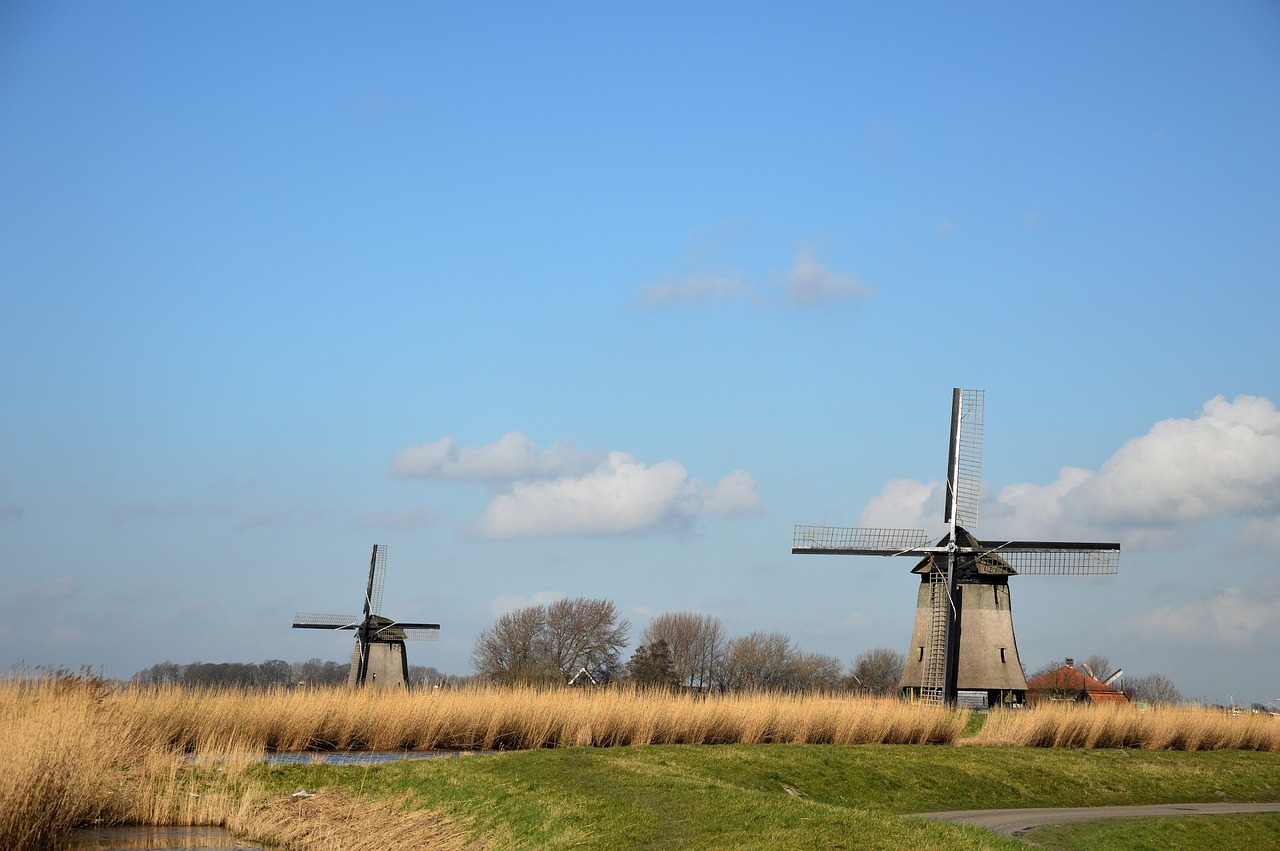
Central and Eastern Europe (CEE) has witnessed remarkable transformations over the past two decades, transitioning from centrally planned economies to market-oriented systems. Amidst this progress, rural development has emerged as a pressing concern that demands attention and investment. While certain success stories exemplify positive changes, numerous challenges persist, affecting the social, economic, and environmental aspects of rural life in the region. In this exploration, we delve into specific examples of rural development challenges in CEE over the last two decades while shedding light on government and international policies aimed at addressing them.
In Bulgaria, rural depopulation has been a persistent challenge, with many young people migrating to urban centres or abroad. This phenomenon has led to the abandonment of villages and the decline of local economies. In response, the Bulgarian government launched the „Revival” program, aiming to revitalise rural areas by providing financial incentives for young families to settle in the countryside, support for the renovation of infrastructure, and the promotion of agri-tourism initiatives. The success of such efforts depends on fostering an environment that offers economic opportunities, improved services, and enhanced quality of life in rural regions.
Poland’s agricultural sector faces the challenge of modernization while safeguarding the environment. The government has introduced the Rural Development Program (RDP) with a focus on sustainable practices and the conservation of natural resources. The RDP provides funding for environmentally friendly agricultural techniques, such as precision farming and organic farming methods. Additionally, Poland has embraced the concept of agri-environmental schemes, encouraging farmers to implement practices that preserve biodiversity, promote soil health, and protect water resources.
In Romania, the dependence on traditional agricultural practices and limited diversification of rural economies have been significant challenges. To address this, the government launched the National Rural Development Program (PNDR), aiming to promote rural entrepreneurship and create alternative income sources. The PNDR supports rural microenterprises, encourages tourism development in rural areas, and fosters agri-food processing industries. By diversifying local economies, Romania seeks to reduce vulnerability to market fluctuations and enhance the economic resilience of rural communities.
Access to services and digital connectivity has been a priority in Hungary’s rural development agenda. The government has invested in broadband infrastructure to connect remote regions, enabling rural communities to access digital services, e-learning opportunities, and telemedicine facilities. Such digitization initiatives have the potential to bridge the urban-rural divide and enhance economic participation and social inclusion in Hungary’s rural areas.
In conclusion, rural development in Central and Eastern Europe confronts a myriad of challenges that demand innovative and comprehensive solutions. While some progress has been made over the past two decades, persistent issues such as depopulation, limited access to services, and agricultural modernization require continuous attention and investment. Government policies and international support have played vital roles in addressing these challenges and fostering positive change in rural areas. By learning from case study examples and maintaining collaboration and targeted policies, CEE countries can further advance the development of their rural communities, creating opportunities for sustainable and inclusive growth in the region.






